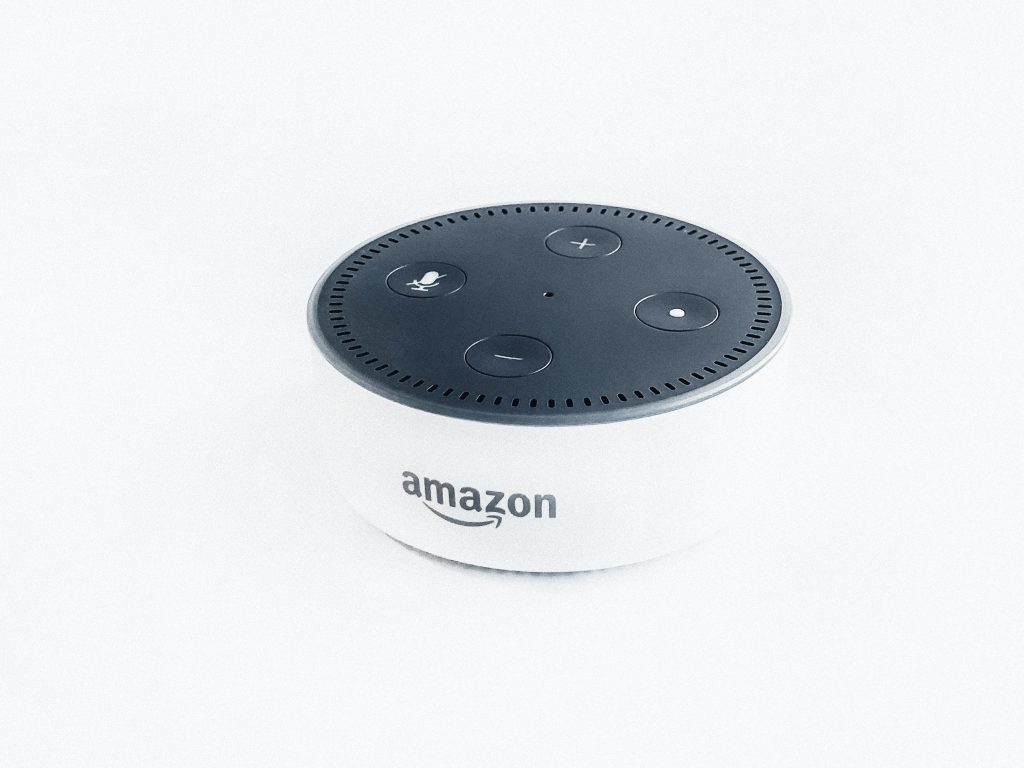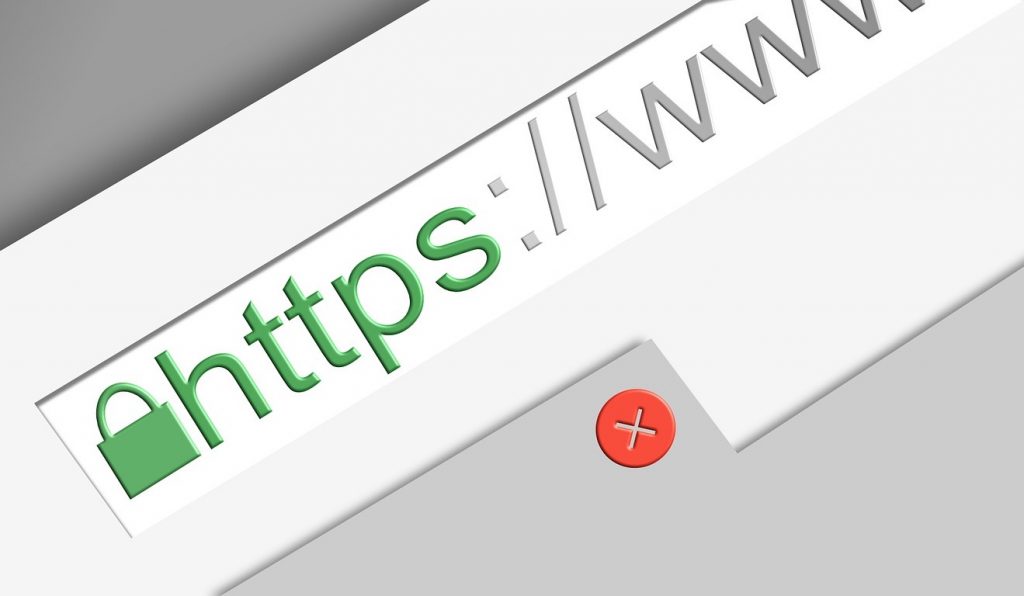ArticlesAn archive of Privacy Parent’s original content designed to help increase your privacy literacy.
An archive of Privacy Parent’s original content designed to help increase your privacy literacy.
September 6th, 2018
We “search” to learn. But what are “searches” learning about us?
Most of us generally understand the search process: We type something, and the search engine tries to match it to an advertiser with a related product or service. The more they advertise and the more people search, the more frequently we’ll run across their ads or listings.
But the act of searching raises questions: Who gets to see what we’re searching for? What…
... Continue reading >
September 6th, 2018
You’re waiting on an oil change at the car dealer, and it’s easy and “free” to connect your tablet to the public WiFi so your child can play an online game. Once you click “Accept & Agree,” you’ve gained access to the free WiFi and digitally told the business that you agree to their terms for using this service. Unfortunately, there are hidden costs of using that free public WiFi.
The term “free” is something…
... Continue reading >
September 6th, 2018
Whether you call it information harvesting or data mining, the outcome is the same. Companies and big corporations gather data you provide and use it to identify trends, to improve targeted marketing methods, and to discover relationships between people and the products and services they use. Maybe you don’t mind giving out this information knowingly, but when it’s being amassed without your knowledge, and your children are contributing, the stakes go up.
There’s a lot…
... Continue reading >
September 6th, 2018
The Cloud is everywhere. Unless you’re in a technology field, you may not have a strong understanding of what this means in real terms, or how it can negatively impact your family’s right to privacy. Europe added a new layer of protection for citizens in May 2018 with their new GDPR (General Data Protection Regulation) requirements, but lawmakers in the U.S. have yet to adopt similar requirements. For parents, this means that your family’s personal information may not…
... Continue reading >
September 6th, 2018
It is difficult to turn on the television or browse news online today without being assaulted by another privacy breach by a major company. In coverage of the latest hack or security lapse, you may have heard the term “third-party hosting” and wondered exactly what it means and how it relates to your online privacy. This is an important concept for families to understand, as third-party hosting is considered the weakest link…
... Continue reading >
September 6th, 2018
By 2019, the global ad spend on children is projected to top $4 billion. That’s a lot of money, and it can come with consequences for your children. Advertising may be everywhere, but is it really so bad for our children? The short answer is: yes.
Marketers know that, by reaching children early, they can create lifelong customers. Children are naturally open-minded and primed to form a positive opinion about things that entertain them. As they…
... Continue reading >
September 6th, 2018
Updated April 12, 2023
We tell our kids to look both ways before crossing the street and to never take candy from strangers, but then we put a device in their hand and allow them to roam virtually unfettered all over the internet—for hours on end. For a lot of kids, that means an increased risk of mental and physical health problems, from ADHD and depression to addiction, headaches and eye strain.
For years research has shown…
... Continue reading >
September 6th, 2018
As a parent, you try to keep your home as childproof and safe as possible. It starts with baby-proofing the electrical outlets, installing nightlights in the hallway, and learning the hard way that apps need two-step authentication unless you want to be the proud owner of $500 worth of bonus tokens for your child’s favorite iPad game. But what happens when your Internet-connected devices are suddenly bringing dangers right into your living room?
As you…
... Continue reading >
September 6th, 2018
Parents’ No. 1 goal is to keep their kids safe. Relatively simple to do when it comes to sharp objects and matches; trickier when we’re talking about digital dangers and risks. As your kids rely on smartphones and PCs for more and more of their education and entertainment, they make themselves vulnerable to countless online threats. A good VPN can help you keep them safe while they browse.
First, what is it? A virtual private network,…
... Continue reading >
September 6th, 2018
We’re generally familiar with HTTP, an abbreviation for Hyper Text Transfer Protocol, which is the typical way data is transferred over the Internet between site owners and site visitors. It describes the (hopefully) quick process of how visitors will see a whole bunch of specific images, text, links and other formatting as one, organized page.
If someone were to figure out a way to intercept this flow of data, they’d get everything, which is…
... Continue reading >












